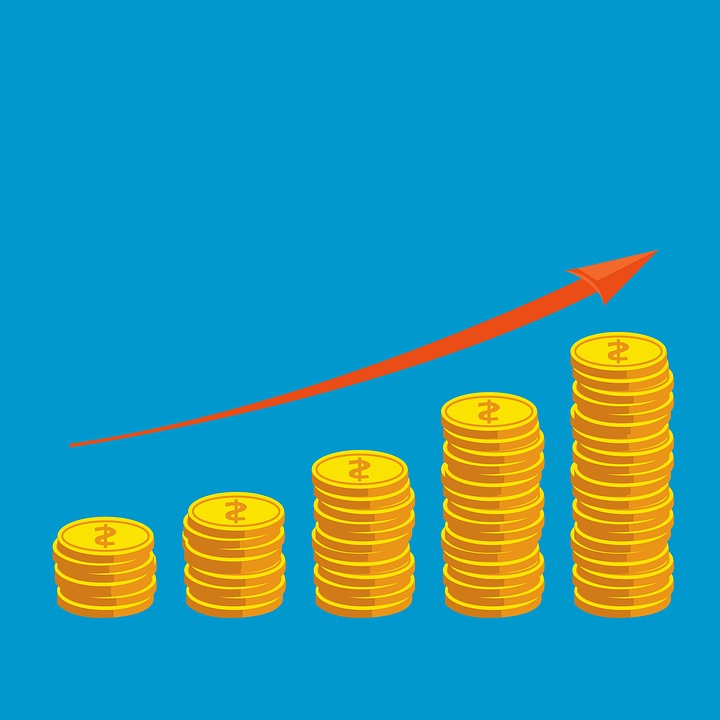Understanding Interest Rates
Interest rates are a fundamental component of the global financial system. They represent the cost of borrowing money and play a critical role in determining the affordability of loans. Whether you are taking out a mortgage, a car loan, or a personal loan, the interest rate is an essential factor that influences the total amount you will repay over the life of the loan.
Definition and Types of Interest Rates
An interest rate is the percentage of the principal amount charged by the lender to the borrower for the use of assets. Interest rates can be fixed, remaining constant over the life of the loan, or variable, fluctuating based on market conditions. Understanding the type of interest rate associated with a loan is crucial for borrowers to manage their financial obligations effectively.
The Mechanism of Loan Repayments
Loan repayments typically consist of two components: the principal and the interest. The principal is the original amount borrowed, while the interest is the cost of borrowing that principal. The sum of these two components is usually paid back in regular installments over a predetermined period.
Amortization and Its Effect on Repayment
Most loans are amortized, meaning that the loan repayment schedule is structured so that the borrower pays off both the interest and principal over time. Early in the loan term, a larger portion of the payment goes towards interest, with the balance shifting towards the principal as the loan matures. This method enables borrowers to manage their finances predictably but can be more burdensome if interest rates are high.
Impact of Rising Interest Rates
Rising interest rates can significantly impact loan repayments, making them more expensive. When interest rates increase, the cost of borrowing rises, causing monthly payments to go up if the rate is variable. This can strain borrowers’ budgets and may lead to difficulties in meeting repayment obligations.
Variable vs. Fixed Rate Loans
Borrowers with variable-rate loans are particularly vulnerable to interest rate hikes. As rates rise, their monthly payments can increase substantially, creating financial stress. In contrast, those with fixed-rate loans are insulated from interest rate fluctuations, as their payment amounts remain constant throughout the loan term.
Impact of Falling Interest Rates
Conversely, falling interest rates can provide relief to borrowers, potentially reducing the cost of loan repayments. For variable-rate loans, monthly payments decrease as interest rates drop, freeing up cash flow for other expenses or savings.
Opportunities for Refinancing
Falling interest rates also present opportunities for borrowers to refinance their existing loans. Refinancing allows borrowers to replace their current loan with a new one at a lower interest rate, reducing monthly payments and the overall cost of the loan. However, refinancing involves fees and potential penalties, so it’s crucial to weigh the pros and cons before proceeding.
Conclusion
Interest rates have a profound impact on loan repayments, affecting the affordability and financial planning of borrowers. Understanding how interest rates influence loan costs is essential for making informed borrowing decisions. Whether rates are rising or falling, borrowers must carefully consider their options and potential strategies, such as refinancing, to manage their financial commitments effectively.


